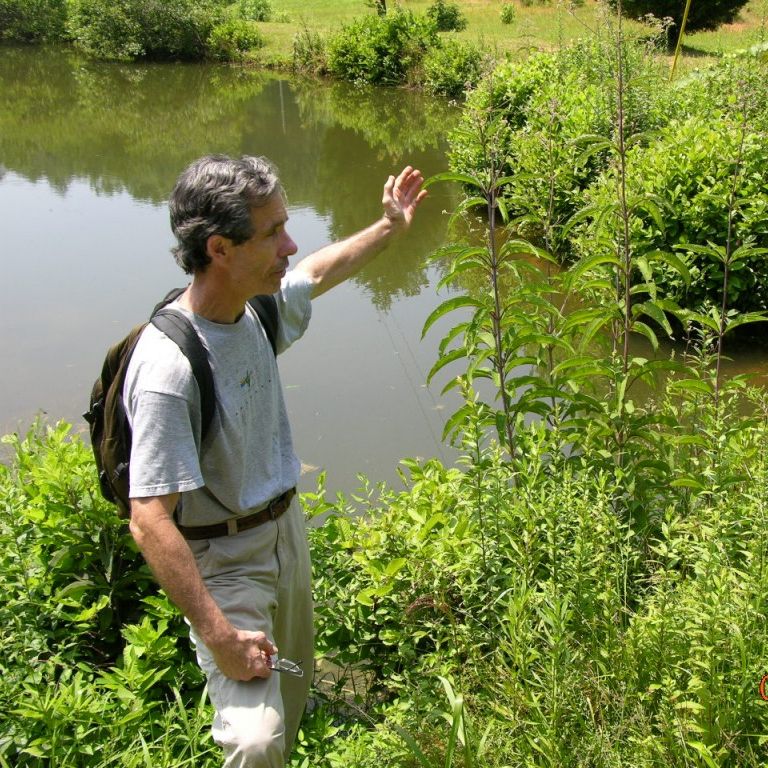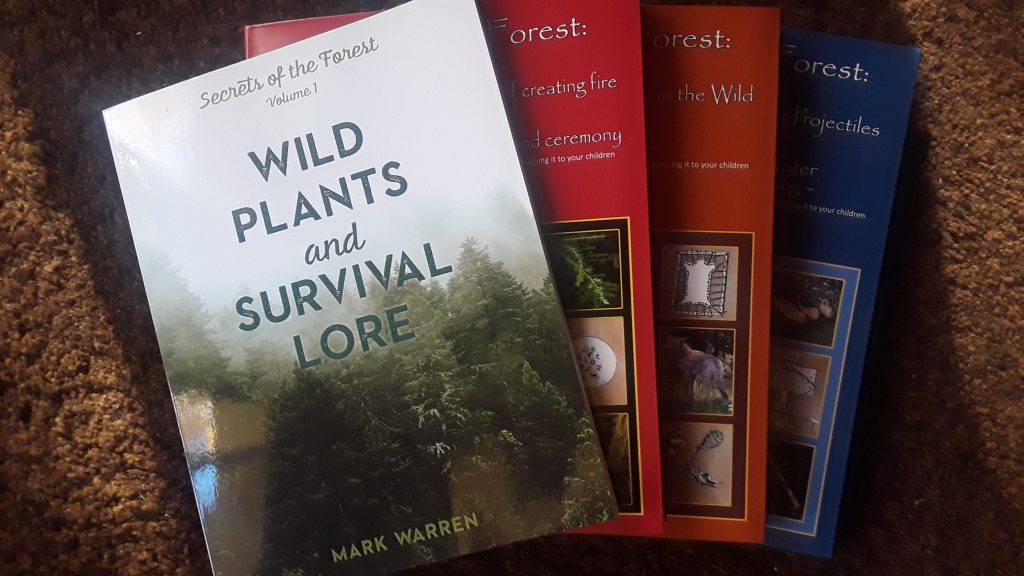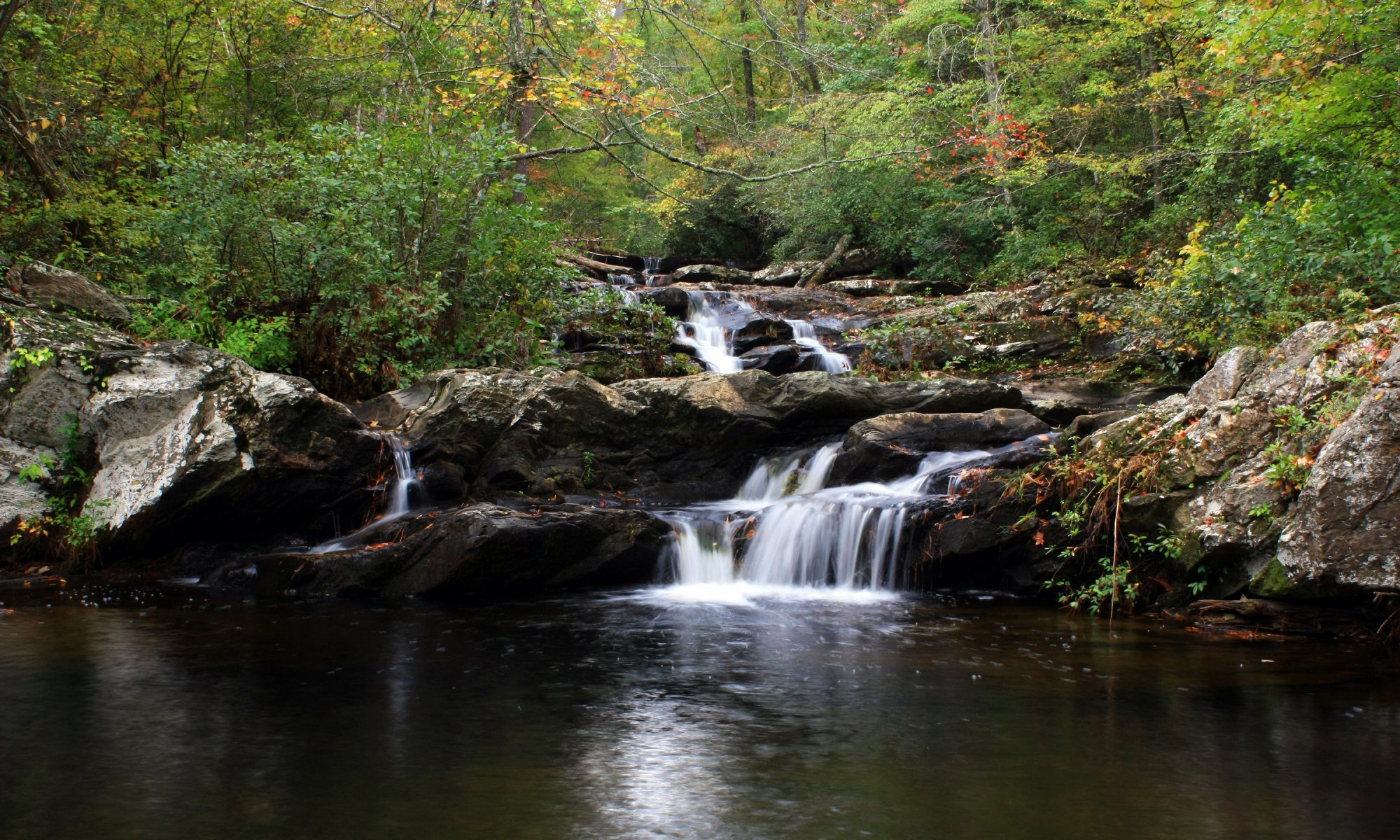
Each new generation loses
a little more contact with
nature than the one before it.
THE JOY OF DISCOVERY and THE MAKING OF A CONSERVATIONIST
There are Cherokees in the mountains of north Georgia who still dip their hands into water just as their ancestors did. But in this case, it is not to drink. It is part of performing a rite. In the Going-to-Water ceremony, contemporary Cherokee people gather together beside a stream to honor Long Man for the nourishing liquid of life. Long Man is the river, stretching from mountain spring to coastal delta and including all the winding paths in between.
To the monotheistic Cherokee, Long Man was not a god, but a gift. Native people all over the world have recognized his generosity since the beginning of human history. Even into the twenty-first century a few of the “old-timey” churches of Southern Appalachia still “gather at the river” for ritualistic ablutions. Think of what they are asking of Ol’ Man River: to wash away all sins, to purify, to refresh so as to be born again.
Whatever symbolic powers we may attribute to free-flowing water, we no longer enjoy the privilege of drinking it. Not directly. This in itself may be one of the greatest tragedies of our American history. Somewhere along the way, we woke up to find that our sacred waterways had become sewers or, at the very least, choked with surfeits of silt. Now we drink from a remote outpost of water dispensation–a faucet, a fountain, or a bottle.
Perhaps the most important facet of that ancient act of imbibing water in the wild was this: The partaker was present at the source! That intimate place–a solution to the reality of thirst–was experienced first-hand. It is no wonder that the primitive child instinctively refused to desecrate it, even if by a thrown dirt clod or a careless arc of spit. And, certainly, not by urinating into it. The Cherokees had a story about violating a stream with body waste. By this moral, one who broke this code of riverine hygiene risked being sickened by the “fish spirit.”
Think about that. Is there not some empirical version of that story that aligns with science? No one had to teach early people this lesson of respect, just as today we know not to sprinkle dirt into a bottle of Evian.
Imagine going back in time to ask a primitive child: “Where is your water supply?” Would he not point unerringly to the drinking place at the creek? Ask any urban child today. Where would he or she point?
Having visited thousands of classrooms in America–grammar schools, high schools, and colleges alike–I often ask students about the water they drink. Few know where it comes from. Without fail, elementary school students point not outside but to the sink at the back of the room or down the hall toward the nearest fountain. These same students also have no clue about electricity. The youngest tell me, of course, that it comes from a switch. If pressed to go beyond the wall plate, most often they venture these two guesses: the ocean and lightning. (Maybe they’re on to something here.)
As foods go, not only are most youth unaware
of what part of the world certain products come from, but they are hard pressed
to identify the contents of some of the concoctions they eat on a regular
basis:
“Exactly what is that meat on your pizza?”
“What’s been added to the milk you drink?”
“Did you know your so-called ‘maple
syrup’ didn’t come from a tree? It came from corn.”
When I teach about wild plants in the forest and field, I am always first to take a bite–to prove that a plant is edible. Yet the young ones are still reluctant. It takes coaxing to get that greenery into their mouths. Even then, they always ask, “Do I swallow it?” One-fourth of the kids flatly refuse, claiming that, if it comes from the outdoors, it must be dangerous.
Ask children about their clothing? More mysteries. Quiz them on their everyday tools like pencils and paper. They’ll likely have an idea about these, but their answers come from the textbook part of the head, not the heart. Once I asked high school juniors to think back to their most recent occasion of touching the cells of a tree. Everyone frowned, pondering the question, one hand holding a wooden pencil, the other resting upon a sheet of paper.
As for the rest of us, it’s not just our children who are starved of the information that ties us to our natural surroundings. All of us now wander in the dark. Each new generation loses a little more contact with nature than the one before it. How did we get to this place? To the majority of urban Americans, the outdoors is now foreign ground. If we’re not out in it, getting our fingers in the dirt, hearing the conversation between mountain water and stone, smelling the grape-like musk of the gray fox, seeing the burst of flight of a grouse, how are we ever going to gain an appreciation for any single part of the whole? This distancing ourselves from nature is not something we set out to do. All we wanted was to get more comfortable.
What’s the point of this article? From my generation’s annals of music, I’ll offer two memorable lines that apply. First, from Joni Mitchell: “Don’t it always seem to go that you don’t know what you’ve got till it’s gone.” And last, Graham Nash: “Teach your children well.”
It’s that last lyric that gives me hope. Instead of each generation coming into the world a little blinder, perhaps we can reverse that. What if each new child entered the world to an education that unveiled the secret water pipes and electrical wires that hide inside the walls of our homes? What if they visited farms, water treatment plants, and coal-burning power plants? And most importantly, what if those field trips were comprised of small groups, where the explanations were personable and made relevant to each child? Are our schools going to do that for us? That depends on what we demand of our schools.
But what’s to stop us from teaching it ourselves? Imagine doing what some Cherokees in my county do. Imagine taking your child to a creek that feeds your local reservoir. Imagine the two of you kneeling, touching the water, and perhaps saying a simple “thank you” as the liquid spills from your hand back to the Earth. Imagine that.
Finding the sources of EVERYTHING will lead you back to the Earth. Start with a creek or a river. Take your child with you and embark on an adventure. Connect that stream to the water that runs through your faucets, cooks your food, washes your dishes, fills your bath, quenches your thirst, nourishes your garden, washes your car, sparkles in your swimming pool, makes your coffee, washes your hair, and so on. Only when a consumer appreciates the source of a resource will he/she want to take care of it. Here’s the simple equation: intimacy with nature = waking up the steward in us.

